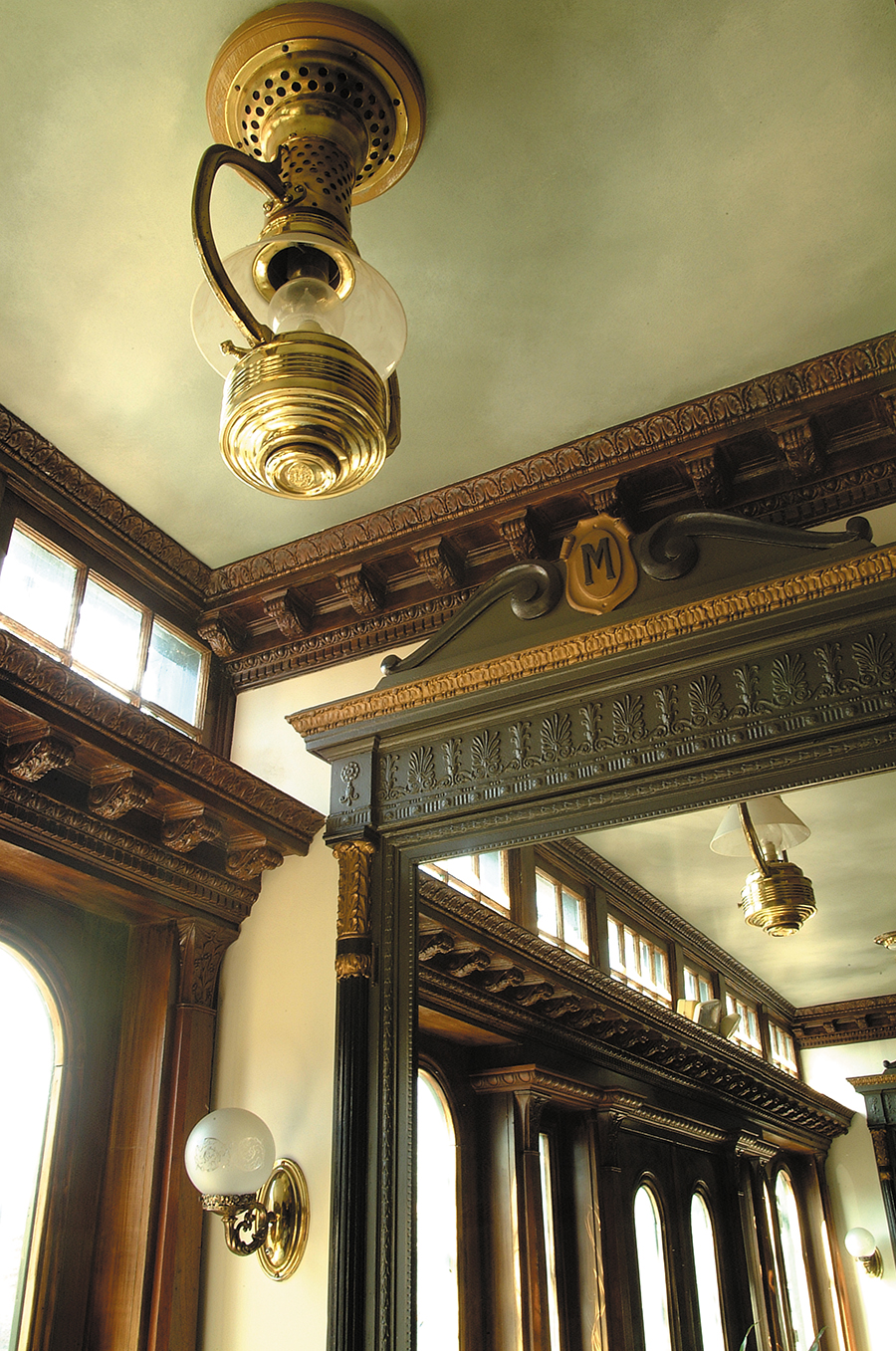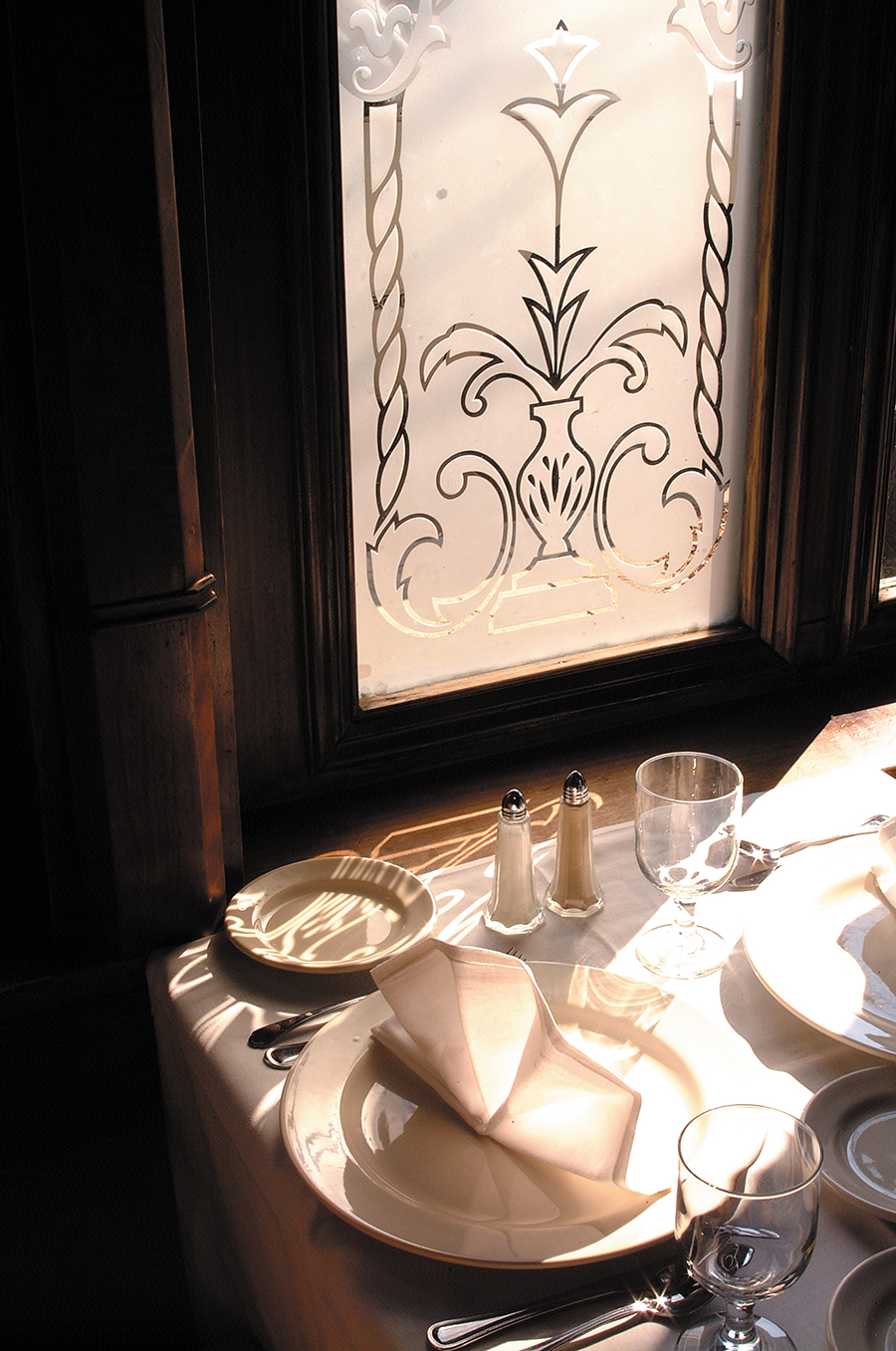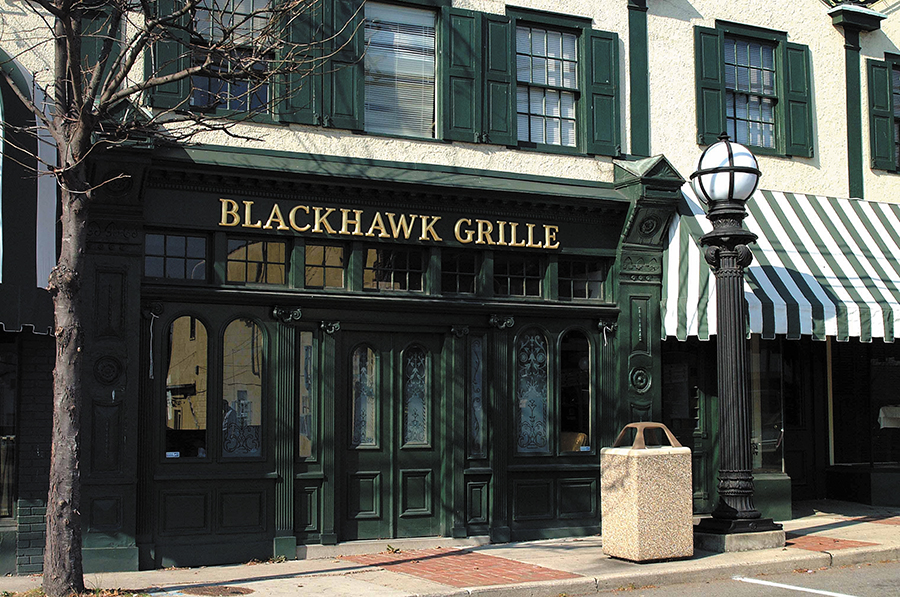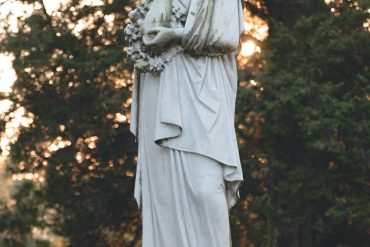By Clint McElroy
HQ 43 | WINTER 2002
If you’ve lived in Huntington in recent years, then you have no doubt been moved by the numerous architectural renovations of attorney John Hankins. From the Guaranty Bank Building to the St. James Building to the gold leafing of the Cabell County Courthouse — just to name a few of his impressive projects — Hankins has been on a mission to beautify many of the region’s aging architectural gems.
But, to truly appreciate his work to date, you must go back to where it all began some 23 years ago — downtown Barboursville.
Back then, Hankins purchased five tum of the century buildings that make up much of the community’s quaint downtown area. All five buildings originally served the town in different capacities — there was a stage coach stop, a hotel, a bank, drug store and a mercantile store with living quarters upstairs.

Today, those five buildings still serve the community and now include the Cottage Gift Shop, the Edward D. Jones offices, Grandmother’s Attic, Brady’s Hardware and, the star of the block, the Blackhawk Grille.
Taking a walking tour through downtown Barboursville today with John Hankins is almost a science fiction experience. Not only are you moving through the streets of Barboursville, but you’re also moving through time and space.
Take the Blackhawk Grille, for instance. Here is a building that came into existence close to a hundred years ago.

“There was actually a little beer garden here at one time called the Red Front Cafe,” Hankins explains standing outside the Blackhawk. “Next door was another little beer garden called the Green Lantern.”
Despite the color-clashing names, the two establishments were combined into one structure. So our first adventure in time travel takes us from one tum of the century — the 20th — all the way to another — the 21st.
“We totally redid this place,” says Hankins, a statement that might elicit surprise, since the Blackhawk does not look like a contemporary structure. Hankins explains why: “We did all of this through the introduction of ‘architectural antiques,’ an art form developed in the mid-1970s.”
The practice of architectural antiques is using items from old buildings, repairing and refinishing them, and using them to enhance another building.

“It’s an art form that was perfected by a friend of mine in Los Angeles,” Hankins explains. “His name is John Wilson and he owns the Golden Movement Emporium. He travels the world over, salvaging architectural pieces from buildings and using them elsewhere.” The Blackhawk Grille has been the recipient of a lot of architectural antiques. The front of the restaurant is made up of items from a hotel in Charlottesville, Virginia.
“I drove by the Albemarle Hotel which was being torn down,” says Hankins. “I quickly found a pickup truck and we began salvaging the stuff.”
Looking at the exterior, you can see “stuff” from other spots on the map as well. A round molding high up on the front wall came from New Orleans. Two streetlights in front of the building came from a railroad station in Washington, D.C.
“That entire cornice there came from an old hotel building,” Hankins points out.

The journey through time and space continues as you tour the inside of the restaurant. The first thing you notice upon entering the Blackhawk is the intricately-carved mahogany bar which came from an establishment in Philadelphia. Railroad style booths are actually made of parts from an 1870 railroad car that was being demolished in Pennsylvania. Both the windows in the wall next to the booths, and the seats themselves, are from the interior of the car.
Of course, not all of the pieces have such a grandiose background, Hankins says as he points to a beautiful door.
“This guy drove up in a pickup truck filled with cow manure and this door was in the back. It had been in his barn. We bought it for $50, cleaned it up, and it’s an absolute treasure trove door.”
Gorgeous doors are in abundance. There are wonderful Victorian doors from the 1860 s made of mahogany and still hanging on their original fittings. There are doors of dark walnut and oak from the early 1800s. “We specialize in antique doors. We have dozens of them.”
Not all of our journeys have to be of great distance. Many of the elements that have made the Blackhawk what it is came from right here in our area.
“I had a tip that there was a wonderful tin ceiling at this old pool room and bar in Mount Hope, West Virginia,” Hankins explains, pointing at the ceiling in question. “As you can see, it’s much fancier than ordinary tin ceilings.”
The stained glass windows along the back bar once served as transom windows in a hardware store in Catlettsburg, Kentucky.

There are more local influences in the center dining room. Two large mirrors on the wall are bracketed by a couple of marquees from the Margaret Theatre which once stood at the corner of Eighth Avenue and 20th Street in Huntington. The chandeliers in the main barroom came from the old Ruffner Hotel in Charleston.
Architectural antiques were used with other buildings nearby – the small-pane windows at the front of Edward Jones’ office, Brady Trains and Antiques and the Cottage Gift Shop.
“All of the shutters are antique,” Hankins explains as we step inside the gift shop. “The doors, the counter inside, the ceiling, the cornices, even the paneling are architectural antiques. The panels came from old apartments built in the 1840s in Philadelphia.”
And so John Hankins’ first foray into the world of renovation began in Barboursville, an undertaking that would see him transform a variety of architectural treasures in the region over the next 23 years, maybe more. But all this hard work and risk begs the question, Why? Why did this successful Huntington attorney decide to begin renovating old buildings in the region?
“You know, I’ve thought about that,” Hankins reflects. “I guess I’m a frustrated architect designer. I was into antique collecting and I was using architectural antiques in my home. I suppose it all started there.”

Hankins explains that his work is not restoration, but instead renovation with the emphasis of his efforts placed on beautification.
“My corner in Barboursville looks better today then it did originally. A purist would frown on that. I dress buildings up. This work doesn’t always make economic sense. However, we have a huge inventory of space to lease and the potential is enormous if we can ever get it filled with tenants.”
John Hankins’ work in downtown Barboursville has created a wonderful effect through the use of architectural antiques. By using salvaged elements from old buildings and combining them with existing structures in a kind of design alchemy, downtown Barboursville looks better than ever.





